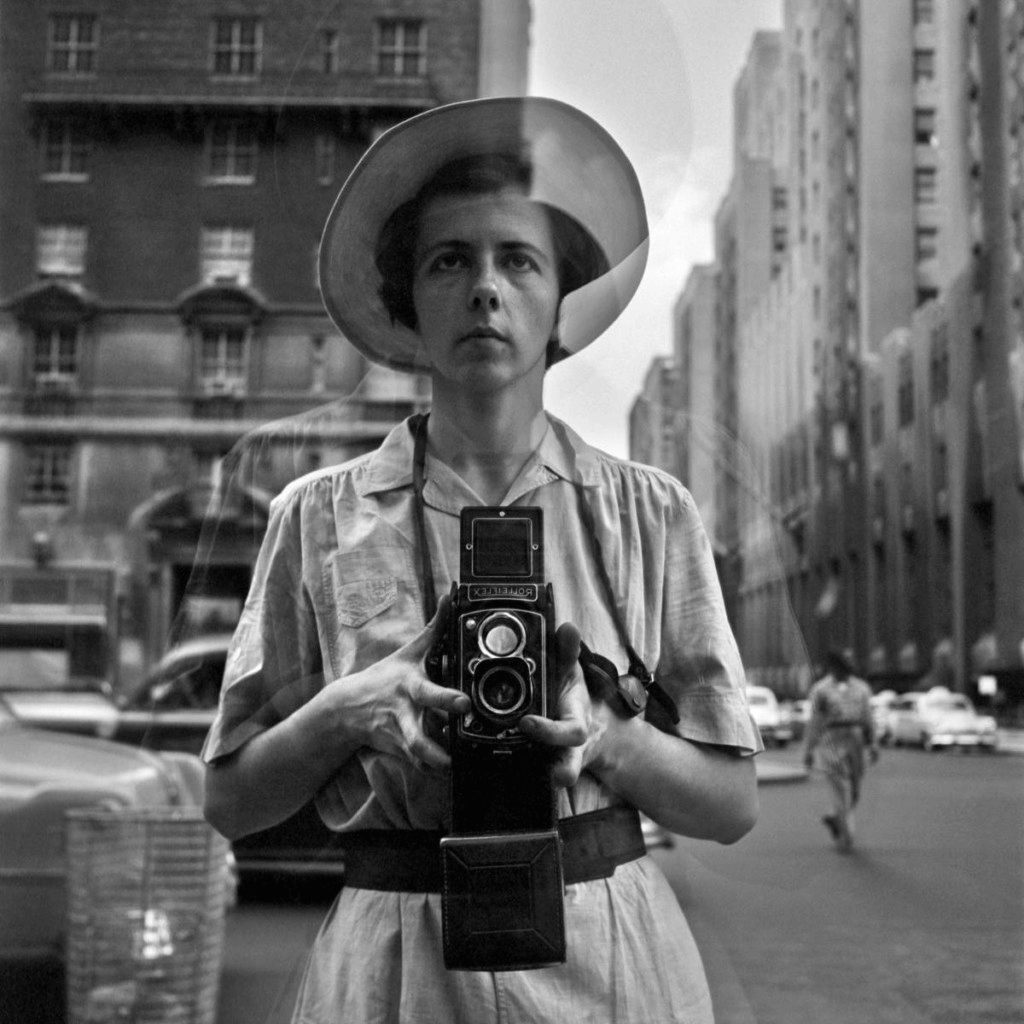Fascination About Framing Streets
Table of ContentsNot known Details About Framing Streets The Ultimate Guide To Framing StreetsThe Ultimate Guide To Framing StreetsNot known Facts About Framing StreetsNot known Facts About Framing StreetsThe 30-Second Trick For Framing Streets
Photography genre "Crufts Pet dog Program 1968" by Tony Ray-Jones Street photography (likewise in some cases called candid digital photography) is digital photography conducted for art or inquiry that includes unmediated possibility encounters and arbitrary occurrences within public locations, usually with the aim of recording photos at a definitive or poignant minute by mindful framing and timing. 
, who was inspired to carry out a similar documents of New York City. As the city created, Atget helped to promote Parisian streets as a deserving subject for photography.

Not known Factual Statements About Framing Streets
Martin is the first taped professional photographer to do so in London with a disguised video camera. Mass-Observation was a social research organisation established in 1937 which aimed to tape-record day-to-day life in Britain and to videotape the responses of the 'man-in-the-street' to King Edward VIII's abdication in 1936 to marry separation Wallis Simpson, and the succession of George VI. The chief Mass-Observationists were anthropologist Tom Harrisson in Bolton and poet Charles Madge in London, and their very first report was generated as the publication "May the Twelfth: Mass-Observation Day-Surveys 1937 by over two hundred observers" [] Window cleaner at Kottbusser Tor, Berlin, by Elsa Thiemann c. 1946 The post-war French Humanist College digital photographers located their topics on the street or in the bistro. In between 1946 and 1957 Le Groupe des XV each year exhibited job of this kind. Andre Kertesz. Circus, Budapest, 19 May 1920 Street digital photography formed the major content of 2 exhibitions at the Gallery of Modern Art (Mo, MA) in New york city curated by Edward Steichen, 5 French Digital Photographers: Brassai; Cartier-Bresson, Doisneau, Ronis, Izis in 1951 to 1952, and Post-war European Digital Photography in 1953, which exported the idea of road photography worldwide.

Not known Details About Framing Streets
, after that an instructor of young youngsters, linked with Evans in 193839.'s 1958 book,, was considerable; raw and typically out of focus, Frank's images examined traditional digital photography of the time, "challenged all the formal rules laid down by Henri Read More Here Cartier-Bresson and Walker Evans" and "flew in the face of the wholesome pictorialism and genuine photojournalism of American magazines like LIFE and Time".